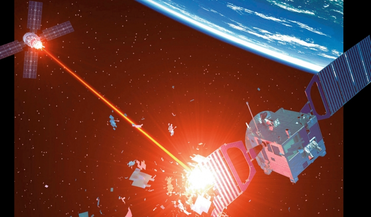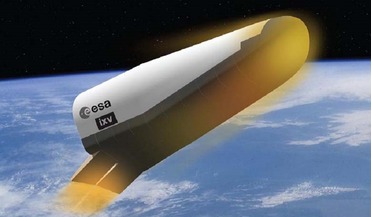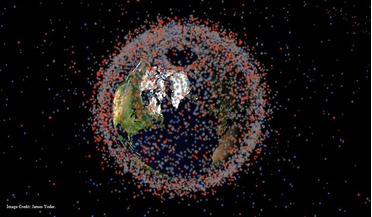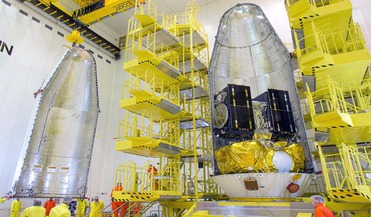 June 2022
Military space – how worried should we be?
June 2022
Military space – how worried should we be?
... for targeting missile and drone attacks. First into the field was the Global Positioning System (GPS), the Americans building in a system that would enable only the military to access its highest-grade positioning...
 April 2025
Life in the Sun’s atmosphere - the looming threat of solar storms
April 2025
Life in the Sun’s atmosphere - the looming threat of solar storms
...remains limited,” he admitted. “There’s a knowledge gap. Many businesses don’t even realise how dependent they are on GPS and satellite communications until something goes wrong.” Despite our increasing dependence on digital infrastructure, the world...
 13 March 2015
New rockets on the scene: ESA approves Ariane 6, Vega-C
13 March 2015
New rockets on the scene: ESA approves Ariane 6, Vega-C
... institutional launches per year. The EU, for example, is launching a navigation satellite system, Galileo, similar to the U.S GPS system, that requires 24 operational satellites (plus in-orbit spares), which should guarantee a continuing demand for...
 13 March 2015
ESA re-entry vehicle could pave way for reusable launcher
13 March 2015
ESA re-entry vehicle could pave way for reusable launcher
... degrees west longitude — the IXV will perform a series of banking maneuvers to slow down, using inertial and GPS navigation to aim for the landing point. The rolls are similar to maneuvers used by re-entering space shuttles...
 08 July 2015
James Yoder’s Stuff in Space: what orbits Earth in real time & the problem of junk
08 July 2015
James Yoder’s Stuff in Space: what orbits Earth in real time & the problem of junk
... Library. Even a relative space novice, someone who doesn’t know what the difference between Glonass and GPS is, is immediately struck by just how things have gotten around Earth after decades of human space activity. As space...
 23 May 2016
Soyuz’ latest mission for Europe ready for launch tomorrow
23 May 2016
Soyuz’ latest mission for Europe ready for launch tomorrow
... 20 years of operations. The Galileo system is also planned to be fully compatible with the U.S. Air Force’s next-generation GPS satellites, and when combined, the two signals will give users better timing and positioning accuracy...